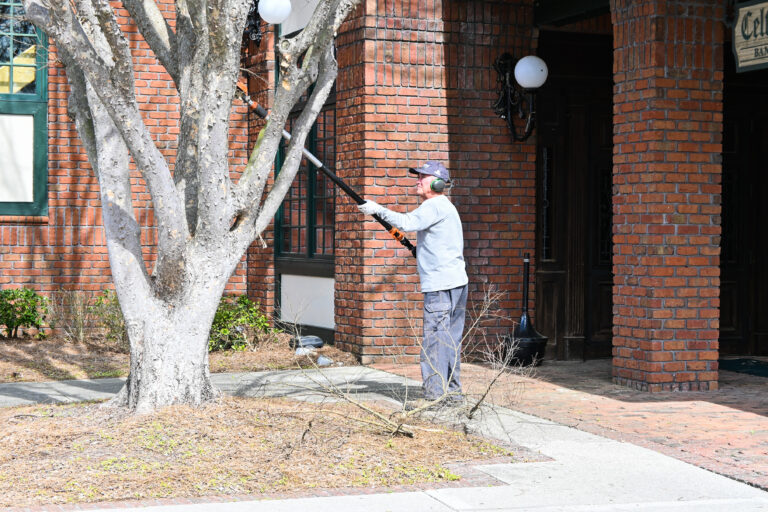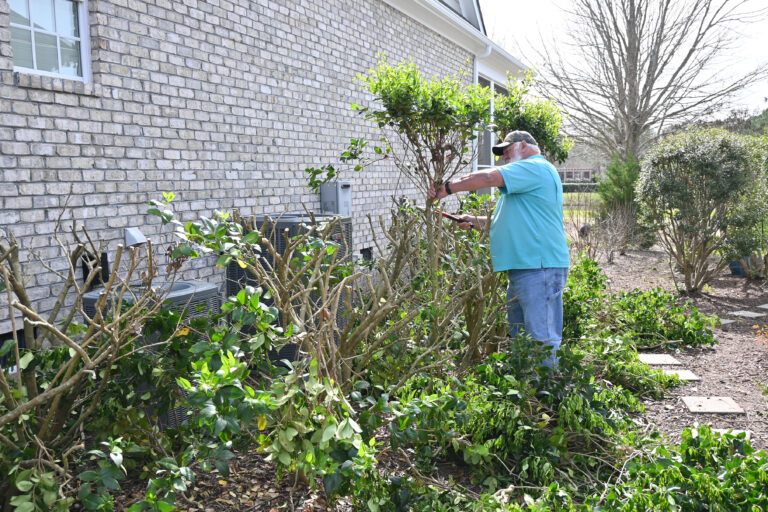Transitioning from winter to spring can be an exciting time for anyone who loves to garden. The sun comes out, warms things up, and flowers begin to bloom. For all of the avid gardeners or even those who have less experience, this time of year can also be stressful if you don’t know the proper things to do to create and maintain a beautiful landscape for your home. Here are a few tips to help you finish winter landscaping and prepare for springtime.
Pruning
One of the most important things you can do during this time of year is to prune. It is the process of removing or trimming dead or overgrown branches or stems. Pruning helps to rejuvenate old or overgrown plants and is helpful for shrubs that have overgrown or become sparse or leggy. It also helps to stimulate the formation of new and more productive trees and plants, especially to increase fruitfulness and growth.

Mulching
Most plants need watering and moisture to thrive. Mulching can help retain moisture by shading the earth and acting as a blanket allowing water to be stored more effectively in the ground. It is also beneficial to mulch because it helps plants to grow by forming a protective layer against heavy rain and cold temperature.
Clean Up Leaf and Debris from Winter
Removing leaf debris when temperatures start to rise is very important. Even though butterfly larvae and other insects use the debris from the past winter and fall to get through cold temperatures, it is best to remove or compost in early spring. This will reduce disease potential in some plants such as roses.

Turf Pre-Emergence
Pre-emergent herbicides are a chemical you can apply that prevents weeds from sprouting in your healthy lawn or flower bed. It is something you want to keep on hand during the spring months. Although the treatment doesn’t stop the weed’s seed germination, it does help stop excess growth because it stunts the formation of new roots.
Cutting Back Your Grasses
Once warm season ornamental grasses turn brown, you can trim them back at almost any time, but what happens if you don’t cut them back? They not only look messy with depreciated foliage, but you’re also taking a chance of having them spread their seeds to unwanted areas. Cutting your grasses just a few inches above the soil line helps out a lot. It insulates roots, and afterward, the remains are great additions to your compost piles. Cutting back your grasses is instrumental if you want to have a smooth transition into spring.

Moving Your Plants
For deciduous plants, the best time to move them is during the dormant season from late October to mid-March. For evergreen plants, they are best moved during late March when the soil is beginning to warm up.
Fertilization
Don’t be tempted to fertilize too soon when early spring temperatures arrive. Soil temperatures need to rise to a certain level before the turf can effectively absorb fertilizer. Mid to late April is a better time than late March for most turf species. Shrubbery, however, can utilize a late March application of fertilizer for the spring sprouts.







